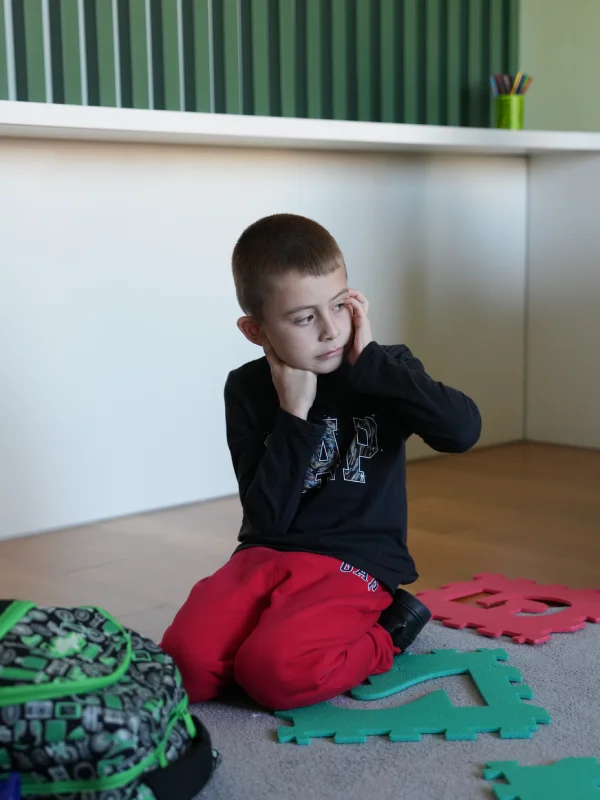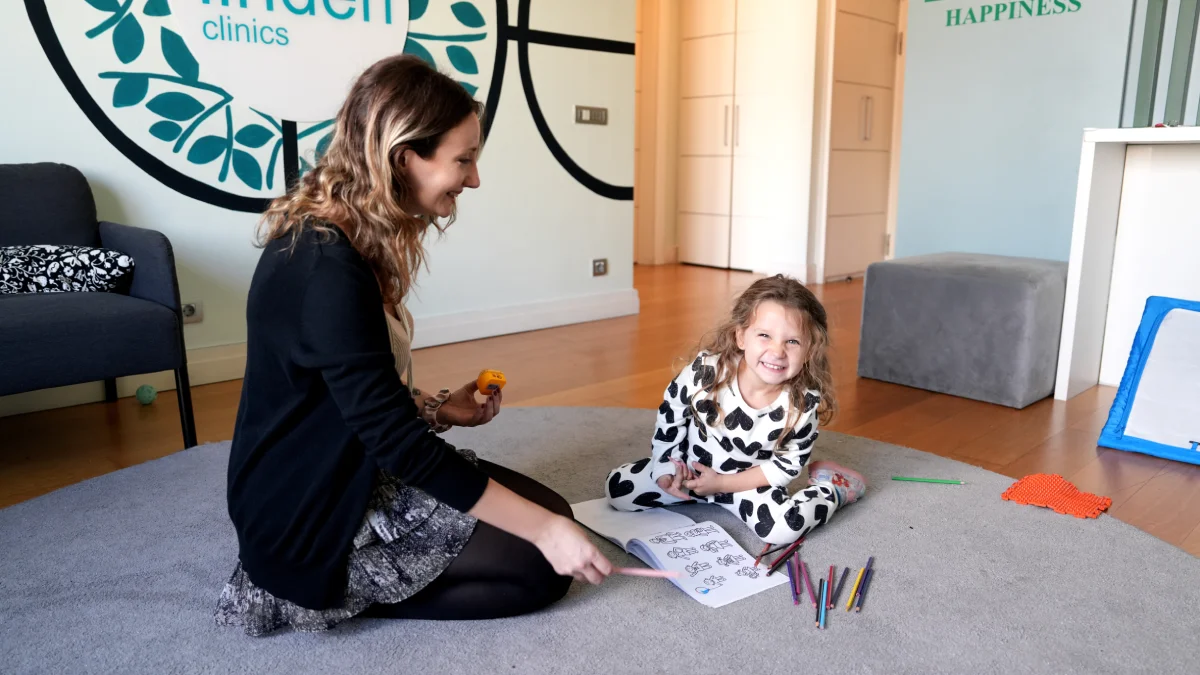Supporting children with Autism Spectrum Disorder (ASD) through calming exercises can have a profound impact on their well-being and emotional regulation. At Linden Clinics, we understand the unique challenges families face and are committed to sharing practical strategies that can make a real difference. In this blog, we’ll explore effective calming exercises for children with ASD, provide step-by-step guidance, and discuss how these activities can foster a more peaceful and supportive environment at home.
Table of Contents
Introduction: Why Calming Exercises Are Essential for Children with ASD
Children with ASD often experience sensory sensitivities, heightened anxiety, or difficulty with self-regulation. These challenges can sometimes lead to emotional outbursts or discomfort.
- Calming exercises are simple yet powerful tools that help children manage their emotions.
- They create opportunities for parents and children to connect in a positive and nurturing way.
- Incorporating calming routines into daily life can improve not only the child’s mood but also the overall harmony in the household.
Our goal at Linden Clinics is to empower families by providing resources that complement their therapeutic journey, including calming strategies that are practical and easy to implement.
Body: Effective Calming Exercises for Children with ASD
1. Deep Breathing Techniques
Teaching children deep breathing exercises can help them regulate their emotions during stressful moments.
- How to practice:
- Encourage your child to sit comfortably.
- Guide them to inhale deeply for a count of 4, hold for a count of 4, and exhale slowly for a count of 6.
- Repeat this process 5–6 times.
- Why it works: Deep breathing activates the parasympathetic nervous system, reducing stress and promoting relaxation.
2. Sensory-Friendly Movement
Physical activities tailored to a child’s sensory preferences can work wonders.
- Examples include:
- Gentle swinging or rocking.
- Stretching or yoga poses, like “child’s pose” or “butterfly stretch.”
- Jumping on a trampoline or using a weighted blanket.
- These exercises provide the sensory input children with ASD often crave, helping them feel more grounded.
3. Visual and Guided Imagery
Children with ASD often respond well to visual aids and guided relaxation techniques.
- How to practice:
- Use calming images, such as pictures of nature or their favorite calming objects.
- Pair the imagery with a soothing voice guiding them to imagine being in a safe, peaceful place.
- This can be especially effective before bedtime or after a challenging situation.
4. Calming Sensory Bins
Create a sensory bin filled with calming items.
- Suggestions:
- Soft fabrics, like fleece or felt.
- Sand, rice, or kinetic sand for tactile play.
- Lavender-scented items for aromatherapy.
- Encourage your child to explore the bin when they seem overwhelmed.
5. Music and Rhythm
Soothing music can help regulate emotions and provide a sense of comfort.
- Play calming melodies or rhythmic beats.
- Experiment with instruments like drums or maracas for active engagement.

Conclusion: A Journey of Patience and Connection
Incorporating calming exercises into your child’s daily routine may take time and patience, but the benefits are invaluable. These activities not only help children with ASD feel more secure and regulated but also strengthen the bond between parents and children.
At Linden Clinics, we believe in a holistic approach to supporting families of children with ASD. Whether through stem cell therapy or practical tools like these calming exercises, we are here to walk this journey with you.
If you found this blog helpful, we invite you to explore more resources on our website. Together, we can make each day brighter and more manageable for children with ASD and their families.

